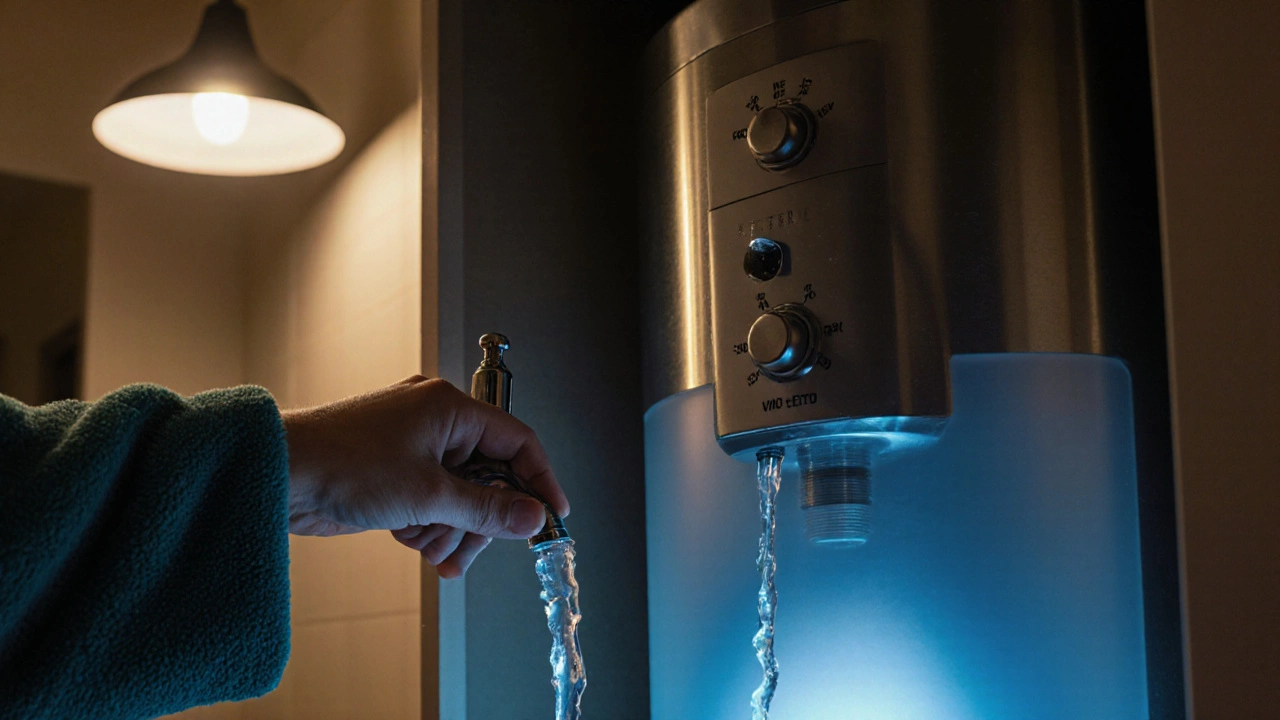Discover the most common cause of water heater failure, how to spot it, diagnose the issue, and keep your heater running longer with simple maintenance tips.
Heating Element Issues – Common Problems & Fixes
When dealing with heating element issues, troubles that stop an element from producing heat in appliances. Also known as element failures, they can leave your shower cold, your oven lukewarm, and your dishwasher ineffective. The root of many of these problems lies in the heating element, the part that turns electricity into heat inside appliances. A faulty water heater, the system that stores and heats domestic hot water will give you no hot water for showers or taps. Likewise, a burnt oven, the kitchen appliance that uses a heating element to bake or broil food will make baking a guesswork game. Understanding how these pieces interact makes troubleshooting a lot easier.
Why heating elements fail and what that means for you
Most heating element issues stem from three main culprits: mineral buildup, electrical wear, and control failures. In a water heater, hard water leaves lime deposits on the element, acting like insulation and cutting heat output. In an oven, the element can crack from repeated heating cycles, especially if you frequently use the broil setting. Dishwashers face similar wear when the element sits in a moist environment, encouraging corrosion. Faulty thermostats or temperature sensors further complicate matters by telling the element to stop too early, resulting in lukewarm water or food that never reaches the right temperature. When the element’s resistance spikes, it can trip the circuit breaker, leaving the whole appliance dead. Recognizing these patterns lets you pinpoint the exact fault rather than swapping parts blindly.
DIY checks are pretty straightforward and save both time and money. First, always turn off power at the breaker and disconnect the appliance. For a water heater, remove the access panel, inspect the element for visible rust or scaling, and use a multimeter to test continuity – a reading of infinite ohms means the element is broken. Oven elements can be tested in the same way; remove the element, set the multimeter to resistance, and look for a reading between 10‑30 Ω. If you spot heavy mineral deposits, a vinegar soak or a commercial descaling solution can revive the element in many cases. When the element shows no continuity, replacement is the only safe route. Remember, working with electricity can be dangerous – if you’re not comfortable, call a qualified technician.
Our collection below dives deeper into each scenario. You’ll find a step‑by‑step guide on restoring hot water to your shower, a clear walkthrough for diagnosing dishwasher heating problems, and easy instructions for testing and swapping an oven element. Whether you’re a first‑time fixer or someone who’s already replaced a few parts, these articles give you the practical knowledge to decide when a simple clean‑up will do and when professional help is the right move. Ready to get your appliances heating again? Keep reading – the next posts have the exact fixes you need.

